About Namibia Safari tours
Our focus is on quality and personalisation, ensuring that every tour is meticulously planned and executed. Whether it’s a short day trip or an extended exploration across borders, we aim to make your time with us both seamless and memorable. From the majestic Victoria Falls to the untamed wilderness of Etosha National Park and the tranquil waterways of the Chobe River, every stop on our tours is carefully selected to inspire and delight.
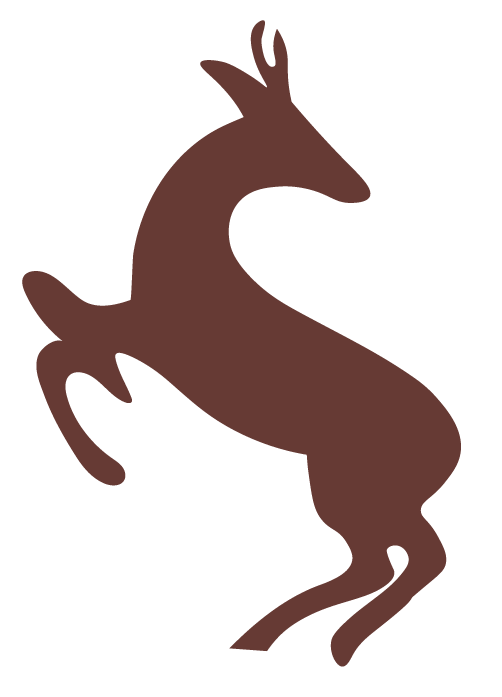
Jaco Van der Merwe
Born, raised, and residing in Namibia, Jaco obtained a degree in agricultural economics and an MBA. After working in the agricultural industry, he found his niche as an entrepreneur with a never-ending list of creative ideas. He has been doing safaris since 2002. He is passionate about client service, so you will be in excellent hands on your safari.
Marinda van der Merwe
Born and raised in Namibia, Marinda loves the outdoors and Namibia! After obtaining a degree in botany and zoology, and teaching qualifications, she spent many years in the teaching profession and gradually grew into managing the operation. Nature is her passion.
She has extensive knowledge of Namibian history, different cultures, and the various tourist attractions. With a great deal of experience in guiding, it is her mission to make your tour a memorable one.
Nina Van Der Merwe
Born into a family deeply rooted in Namibia’s safari industry, Nina grew up with a passion for adventure, wildlife, and hospitality. She holds a bachelor’s degree in marketing and plays a key role in keeping our operations running smoothly. From client communication and bookings to logistics and marketing, she ensures every detail is handled with care and efficiency.
With over four years of professional photography experience, Nina also captures the beauty of each safari, preserving unforgettable moments for our guests. Organised, creative, and always ready with a smile, she brings warmth and professionalism to every interaction, making each client feel like part of the family.
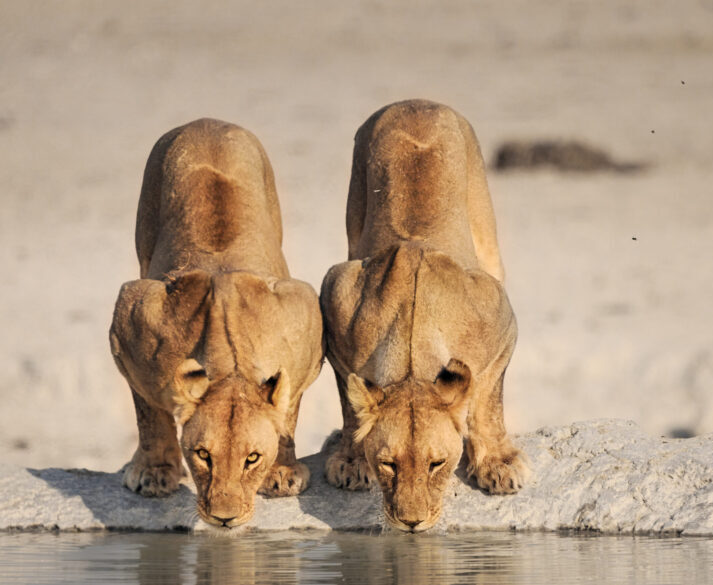
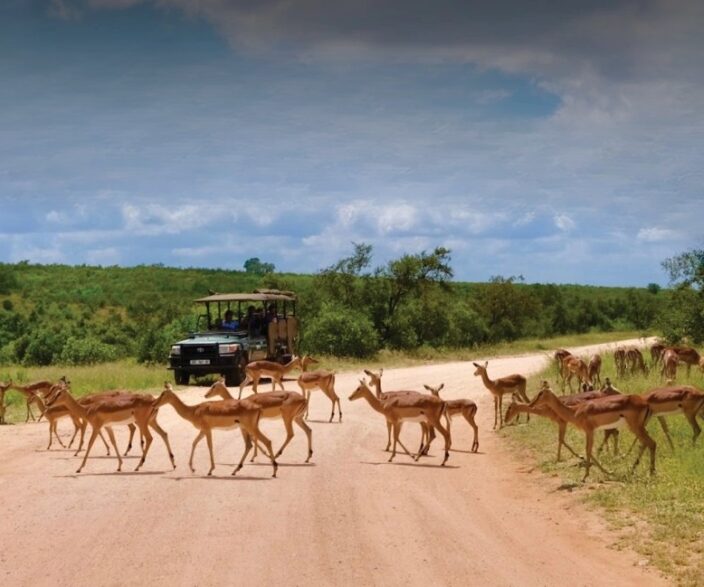

HOW IT ALL BEGAN
What began as day trips to Sossusvlei and Windhoek gradually expanded into two-day excursions to Swakopmund and Etosha National Park as demand grew. Encouraged by our clients’ enthusiasm, we started creating week-long itineraries that seamlessly wove together Namibia’s most iconic highlights. Before long, travellers expressed their desire to venture even further—fishing in the Okavango and Zambezi rivers, exploring the wildlife-rich Chobe National Park in Botswana, and marvelling at the majestic Victoria Falls in Zimbabwe.
Driven by a passion for this extraordinary land and the joy of sharing its secrets with others, Namibia Safari Tours was born. Today, it stands as a testament to our love for the country, its people, and the unforgettable experiences it offers to those who visit.

Our History
Starting with just a single vehicle, we quickly expanded as demand increased. Our itineraries grew to include multi-day tours, cross-border adventures, and unique travel experiences. Each route and lodge has been personally tested to ensure quality, comfort, and authenticity. Along the way, we’ve maintained our commitment to supporting local communities and preserving the natural environment.
Our team of expert guides brings extensive knowledge and genuine enthusiasm to every tour, ensuring you don’t just see Namibia – you experience it in a meaningful way. Whether it’s uncovering hidden wildlife trails, sharing stories of the region’s history, or taking you to that perfect photo spot, we go the extra mile to create unforgettable moments.

About Namibia
Namibia’s landscapes are nothing short of spectacular. Namibia is a photographer’s dream, with highlights like the Quiver Tree Forest, the haunting Skeleton Coast, and the world’s highest dunes at Sossusvlei. Wildlife enthusiasts can delight in the rich biodiversity of Etosha National Park, which supports over 114 game species, including four of the Big Five, and more than 340 bird species.
From May to October, the dry season offers the best wildlife viewing, as animals congregate around waterholes. Between November and March, the summer rains transform the arid landscapes into verdant plains, showcasing a different side of Namibia’s beauty.
Accessibility
Victoria Falls International Airport is 20 minutes from Victoria Falls Town. Some of our tours begin/end in Victoria Falls. From there you will be transported from the airport to the next tour destination.
Accessibility
Victoria Falls International Airport is 20 minutes from Victoria Falls Town. Some of our tours begin/end in Victoria Falls. From there you will be transported from the airport to the next tour destination.
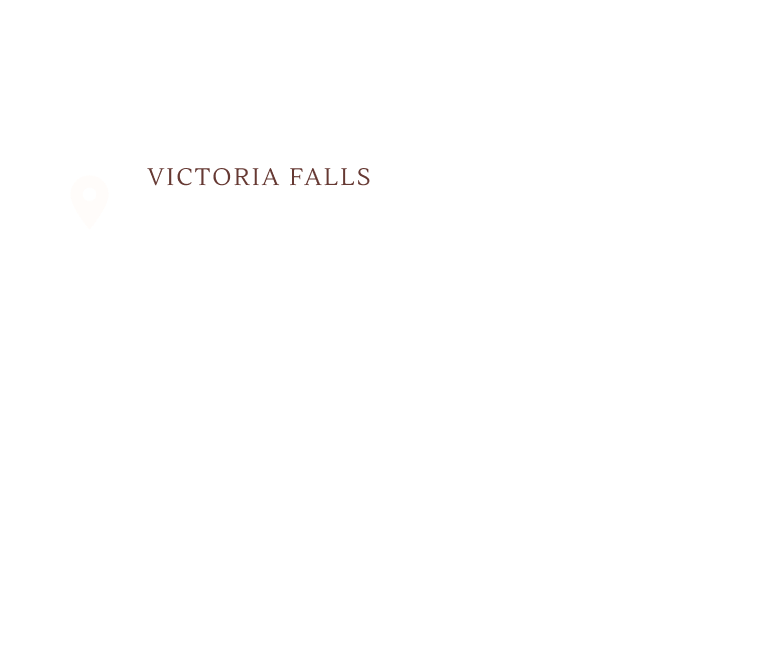
Frequently Asked Questions
Casual and comfortable clothing is suitable for most lodges. Opt for neutral colours to blend in with the environment and avoid attracting insects. Mornings and evenings can be chilly, particularly when travelling in an open vehicle, so packing a fleece or jacket is a good idea. A windbreaker is helpful if you’re near the coast or in an open vehicle. Be sure to bring a hat and sunscreen to protect against the sun, which is essential throughout the year.
Namibia uses a 220-volt, 50Hz electricity supply with 2-prong or 3-prong round-pin sockets. Most lodges and camps allow you to charge devices like camera batteries. Be sure to check with your accommodation to ensure you have the right plug adaptor.
Visa requirements differ based on your nationality and travel plans. Some nationalities can get a visa upon arrival at Windhoek International Airport, but not everyone. It’s recommended to contact your nearest Namibian embassy or our office for guidance. For the latest visa information, always check with the relevant authorities.
Although some areas in Namibia offer safe drinking water, it’s advisable to stick to bottled water throughout your stay. If you’re unsure, ask your camp or lodge manager for clarification. As a rule, water from rivers should be avoided, but borehole water is considered safe.
Namibia is generally a safe and peaceful place to visit. As with any destination, it’s important to stay alert, particularly in larger cities and the capital. Avoid leaving valuables in your vehicle and be mindful of pickpockets. Most accommodations offer secure safes to keep your valuables safe. We also recommend using debit or credit cards rather than carrying large sums of cash.
Yes, Namibia is a wonderful destination for families. It’s a safe and accessible country with a wealth of wildlife and family-friendly activities. We can design a tailor-made safari that ensures a fantastic experience for everyone.
Visa and MasterCard are commonly accepted for payments at lodges, shops, and restaurants. However, American Express is not as widely accepted in Namibia.
The official currency in Namibia is the Namibian Dollar (NAD), which is pegged to the South African Rand (ZAR). The South African Rand is also widely accepted in the country.
Breakfast and dinner are included in the tour, with a picnic lunch provided during travel. However, lunch is not included when staying in towns or lodges. Water and soft drinks are provided with meals while on the road.
The Fish River Canyon, the worlds second largest canyon and Africa’s largest canyon.
Cape Cross Seal Reserve, the breeding ground for the largest colony of fur seals in Southern Africa, where Portuguese explorer Diego Cao planted a cross in 1486.
The Wild Horses of the Namib Desert, a photographer’s dream when playing or fighting, adapted to survival with very little water and sparse vegetation.
The Quiver Tree Forest, more than 200 subspecies of this unique tree, all in one place!
Namib Dune Belt, a World Heritage Site since 2013, includes the highest dunes at Sossusvlei.
Sossusvlei, a World Heritage Site, is a depression in the Namib desert dunes where the flowing water of the Tsauchab River disappears into the desert. The monumentally high dunes, the highest on earth, are a sought-after subject for photographers, and pose a mind-boggling picture for the visitor. Sossusvlei seems lifeless, but is home to a rich diversity of Fauna and Flora specifically adapted to the relentless environment.
Sandwich Harbor, an international acclaimed RAMSAR World Heritage Site, where underground desert water reaches the Atlantic Ocean. With its contrast of dune belt, desolate coastline and rough Atlantic, it is a photographer’s dream!
The Welwitschia Trail offers a close look at the oldest living desert plants in the world, as well as the eroded hills and lifeless features of the moonlike landscape, reminds the observer of a surface similar to that of Mars.
The Naukluft Mountains is a sanctuary for the Hartmann’s Mountain Zebra, endemic to Namibia and the remote southwestern part of Angola. This area has the most beautiful and accessible hiking trails and a rich history of the Nama war fought against the German colonial forces between 1904 and 1907.
The Sesriem Canyon A 30-deep canyon where the erosion of the Tsauchab River over many centuries has incised a narrow gorge that serves as a geological book for the traveler. It’s natural pools served as a source of water for the first settlers to the area.
Swakopmund is Namibia’s most popular holiday destination, the “Playground of Namibia”. Its pleasant climate, endless beaches as well as palm-lined streets, attracts surfers, anglers and beach lovers from all over the world. Whether you want to dune board, sky dive, kayak, surf, join a desert tour or seal and dolphin cruise, or just relax in the quint coffee shops, art studios or a craft brewery, you will love Swakopmund.
The Spitzkoppe is the largest granite Inselberg (isolated mountain) in Southern Africa. At 1 800m, it is not the highest mountain in Namibia, but with its striking outlines, it is the best-known mountain in the country and a very challenging terrain for professional climbers. Scattered all over the Spitzkoppe, are Bushman paintings that can be viewed only on the presence of a Damara guide.
Brandberg is Namibia’s highest mountain, an extinct volcano that towers above the already mountainous Damaraland landscape with over 2500 meters of solid rock. The mountain is a spiritual site of great significance to the San/Bushman tribes. The main tourist attraction is The White Lady rock painting, located on a rock face with other art work under a small rock overhang in the Tsisab Ravine at the foot of the mountain.
Twyfelfontein Rock Engravings, declared a World heritage Site in 2008, is one of the foremost bushman rock engraving sites in the world. Tourists can climb and walk on the mountain to look and learn of the bushman, their beliefs and traditions from the art.
The Petrified Forest is a rare phenomenon. Situated in Damaraland, the fossilised remains of tree trunks provide an intriguing glimpse of flora that covered this area some 260 million years ago.
The Burnt Mountain, characterised by a heap of shale that underwent drastic changes when it was intruded by dolorite, the landscape of the mountain now resembles ash and clinker (a glassy slag like material). The mountain rises 200m out of the barren landscape and shimmers starkly during the heat of the day.
The Hoba Meteorite located near Grootfontein and weighing 60 tons, is the largest known piece of extra-terrestrial matter on earth. Consisting of 82% iron, 16% nickel and 0,7% cobalt. It is believed that this lump of metal fell to earth some 80,000 years ago.

START YOUR ADVENTURE WITH US TODAY!
Embark on an unforgettable journey through Southern Africa’s stunning landscapes and vibrant wildlife. From the red dunes of Sossusvlei to the majestic Victoria Falls, we craft personalised tours for every traveller. Let us handle the details while you focus on experiencing the adventure of a lifetime.
</s


